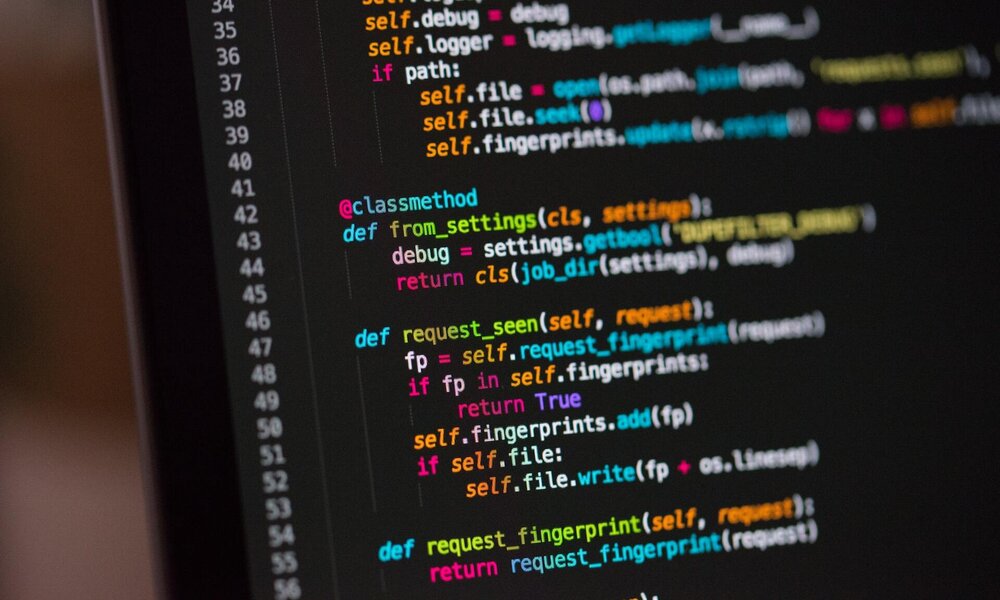What Is The Difference Between Web Design and Web Development?

Imagine you’re launching a new website. You’ve heard that you need both web design and web development, but what does each role actually entail? Without understanding the distinction, you might end up spending more time and money than necessary. By the end of this article, you’ll have a clear picture of the unique contributions of both web designers and web developers, ensuring your project’s success.
Hire a top website designer in Queens now!

Understanding Web Design: The Creative Side
Web design is the process of planning, creating, and organizing a website’s visual elements to enhance user experience (UX) and aesthetic appeal. It encompasses the layout, colors, typography, imagery, and overall visual identity of a website. A skilled web designer considers how users will interact with the site, ensuring an intuitive and engaging experience.
Key Components of Web Design:
- User Interface (UI): The arrangement of elements on a web page, including buttons, menus, and forms, to facilitate user interaction.
- User Experience (UX): The overall experience a user has when interacting with a website, encompassing usability, accessibility, and emotional factors.
- Visual Aesthetics: The visual appeal of a website, including color schemes, typography, imagery, and overall style, which influence brand perception and user engagement.
Essential Skills for a Web Designer:
- Creativity and Visual Design Skills: The ability to create visually appealing and user-friendly layouts and designs.
- Understanding of UX Principles: Knowledge of how users interact with websites and how to design for optimal user experience.
- Proficiency in Web Design Tools: Expertise in software like Adobe Photoshop, Sketch, or Figma for creating and editing web designs.
Understanding Web Development: The Technical Side
Web development is the process of building and maintaining the technical aspects of a website, ensuring it functions correctly and delivers a seamless user experience. It involves coding, programming, and server-side scripting to bring a web designer’s visual designs to life.
Key Aspects of Web Development:
- Front-end Development: The visible elements of a website that users interact with, including HTML, CSS, and JavaScript.
- Back-end Development: The server-side code that handles data storage, retrieval, and processing, ensuring the website’s functionality.
- Full-stack Development: Expertise in both front-end and back-end development, enabling a single developer to handle the entire website’s technical infrastructure.
Essential Skills for a Web Developer:
- Programming Languages: Proficiency in front-end languages like HTML, CSS, and JavaScript, as well as back-end languages like Python, Java, or PHP.
- Understanding of Web Development Frameworks: Knowledge of frameworks like React, Angular, or Vue.js to streamline front-end development.
- Problem-solving and Debugging Skills: The ability to identify and resolve technical issues that may arise during development.
The Future of Web Design and Web Development
The fields of web design and web development are constantly evolving, with new trends and technologies emerging all the time. Here’s a glimpse into what the future holds:
Web Design:
Expect to see a growing focus on UX personalization, with websites that adapt to individual user preferences and behavior. Additionally, advancements in animation, microinteractions, and 3D design will further enhance user engagement.
Web Development:
The rise of artificial intelligence (AI) and machine learning (ML) will likely automate some aspects of web development, allowing developers to focus on more complex tasks. The integration of blockchain technology could lead to more secure and decentralized websites.
Convergence:
The boundaries between web design and development are likely to blur further, with the emergence of more “full-stack” designers who possess expertise in both visual design and coding. This convergence will lead to a more streamlined workflow and a more unified website experience.
By understanding the distinct roles of web designers and web developers, you can make informed decisions about your website project and ensure its success. As technology continues to evolve, both design and development will play a crucial role in creating user-friendly, visually appealing, and technically sound websites that meet the ever-changing demands of the online world.